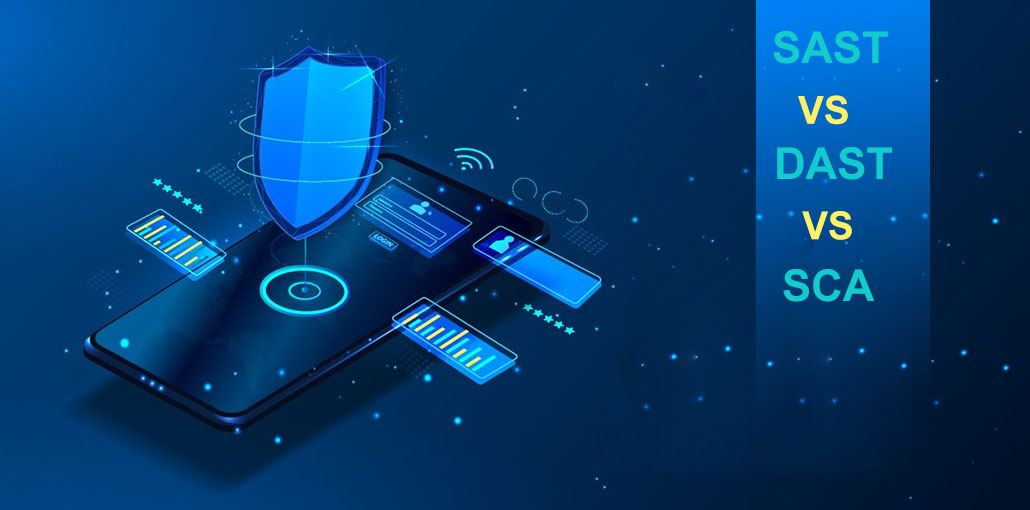Businesses of all sizes place a high value on security. To keep your data secure, you must use proper security procedures. There are many different types of security testing solutions available, and it can be difficult to decide which one is right for your business. We will differentiate between SAST, DAST, and SCA as well as guide you in deciding which method is right for you.
Static application security testing (SAST)
SAST is a type of security analysis that examines the source code of an application in order to identify vulnerabilities. SAST tools use static analysis, which means that they analyze the code without actually running it. This makes them ideal for identifying security flaws early on in the project’s lifecycle before it is deployed.
SAST is typically performed by a team of developers, but it can also be done manually by a single person or a single tool like OxEye that combines static and runtime analysis and the functions of SAST, DAST and SCA. It’s important to note that SAST does not analyze the behavior of an application when it runs. Instead, it looks at how the code itself works. This makes SAST less effective than other types of security testing in identifying vulnerabilities that can be exploited when the application is running.
Also read: What Is The Importance of Security Testing For Web And Mobile Apps
Dynamic application security testing (DAST)
DAST is a method of software security evaluation that looks at an application while it’s running. DAST tools use dynamic analysis, which means that they actually run the code in order to identify vulnerabilities. This makes them ideal for identifying high-level security issues a bit later in the development process, after the entire project is deployed or while each phase is up and running.
DAST is typically performed by a team of developers, but it can also be done manually by a single person. It doesn’t look at an application’s source code, instead, it looks at how the application behaves when it runs. This makes DAST less effective than other types of IT security testing in identifying vulnerabilities that can be exploited when the application is running.
Software composition analysis (SCA)
SCA is a type of security analysis that evaluates open-source components incorporated in your application. This is done to check whether your usage complies with its license, its security, and the code quality.
SCA is typically performed by a team of developers, but it can also be done manually by a single person. It’s important to note that SCA does not necessarily analyze the source code of an application or the behavior of an application when it runs. This makes SCA less effective than other types of security testing in identifying vulnerabilities that can be exploited when the application is running.
But it is vital because companies using open-source codes need to be aware of their usage limits and obligations. Doing this manually can be painstaking and so SCA tools are here to automate the process.
Which one is right for you?
Now that you know the differences between SAST, DAST, and SCA, it’s time to decide which one is right for your business. Consider asking:
What do you need to test?
While SAST finds bugs in your source code and ensures you are using secure coding practices, DAST is best for identifying high-level security issues while an application is live. SCA is best for finding flaws or usage conflicts in open-source components.
How much time do you have?
SAST and DAST take more time to perform than SCA. This is because they need actual source code or running applications in order to function properly, whereas SCA only needs a list of dependencies for your project (this can be generated automatically by most build tools). SAST is usually done before the application is deployed, while DAST can be done while it’s running.
What’s your budget?
SAST and DAST are more expensive than SCA. This is because they require additional resources like developers, security professionals, time, etc.
What’s your experience level with security testing?
If you’re new to security testing then SAST and DAST may seem overwhelming. SCA is much easier to get started with because it only requires a list of dependencies.
It is better to seek help from a professional testing organization, especially for DAST, since this type of testing requires more expertise than SAST and SCA.
Also read: How To Check For Your Software’s Scalability Testing
Conclusion
So which one should you choose? If you have the budget, time, and resources, SAST and DAST are the best options. However, if you don’t have sufficient time and/or resources, performing SCA should be the bare minimum.
Ultimately, the most important thing is that you perform some form of security testing if not a combination of all the methods listed above.
Keep in mind that no single security testing method is perfect. You should use a variety of methods to get the most comprehensive results. And finally, remember that security is always evolving, so you should always be on the lookout for new methods and tools to help keep your applications safe.










Leave a comment